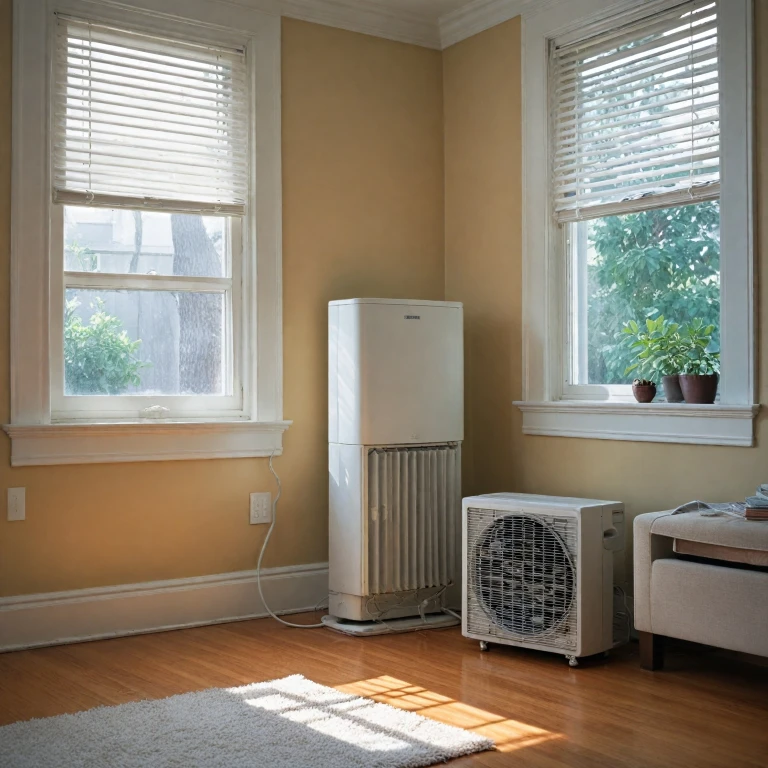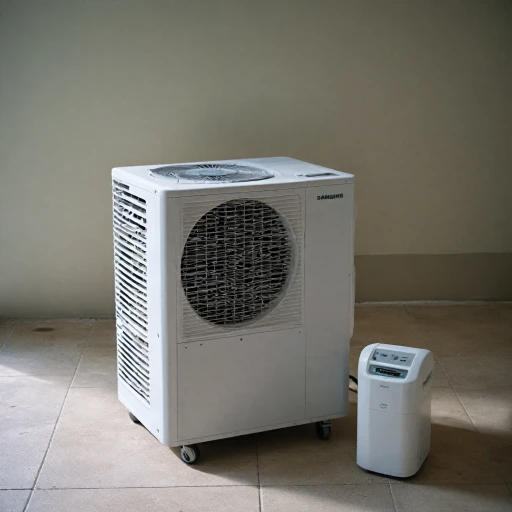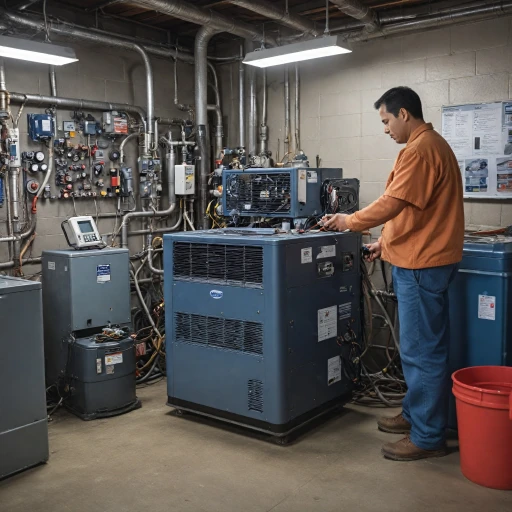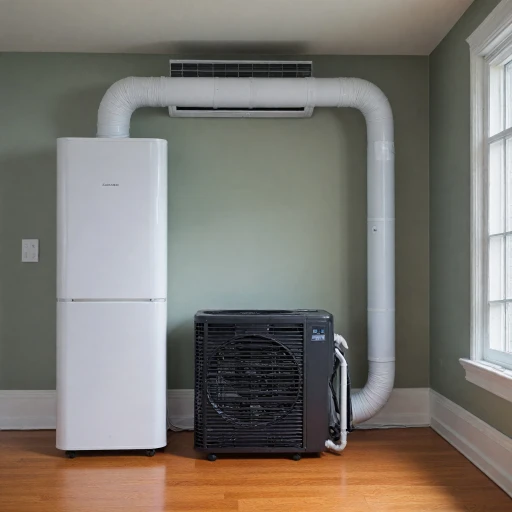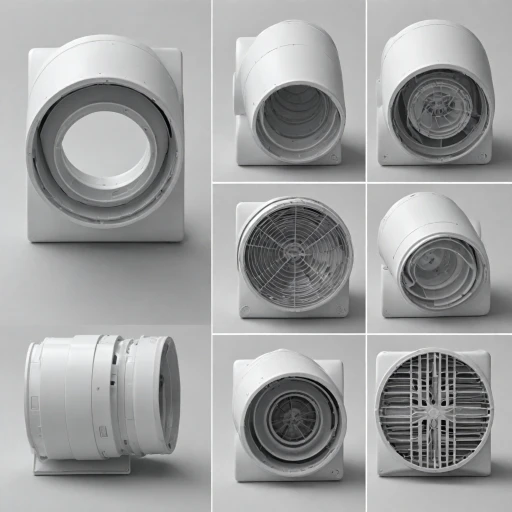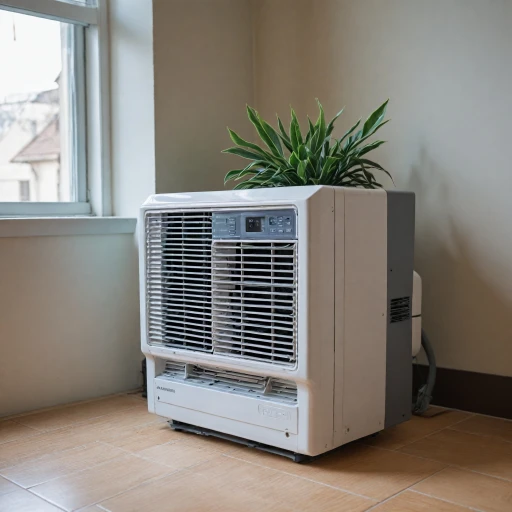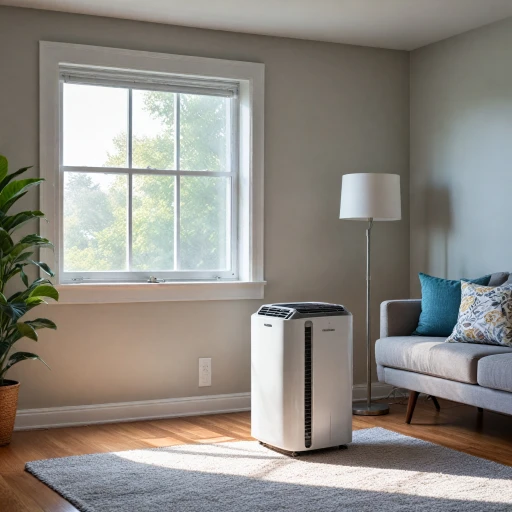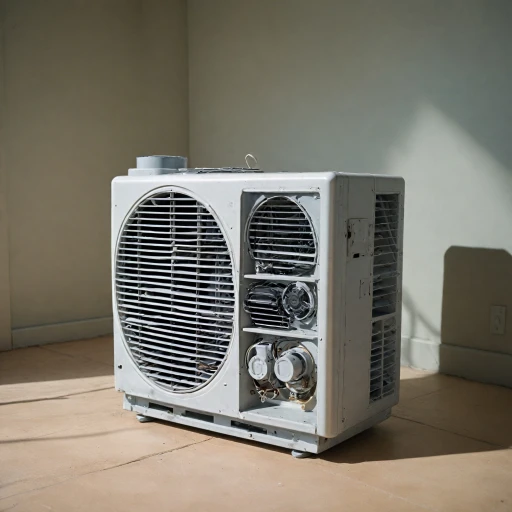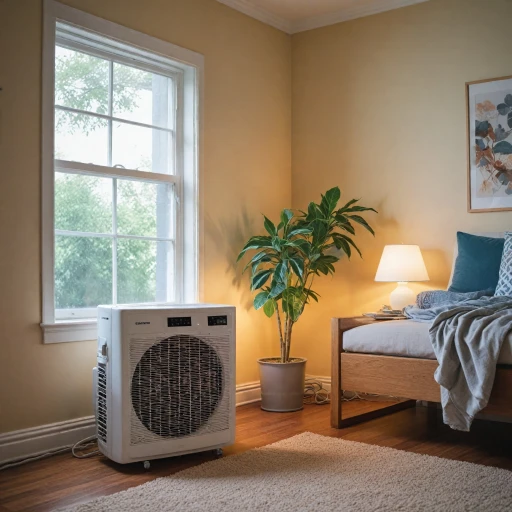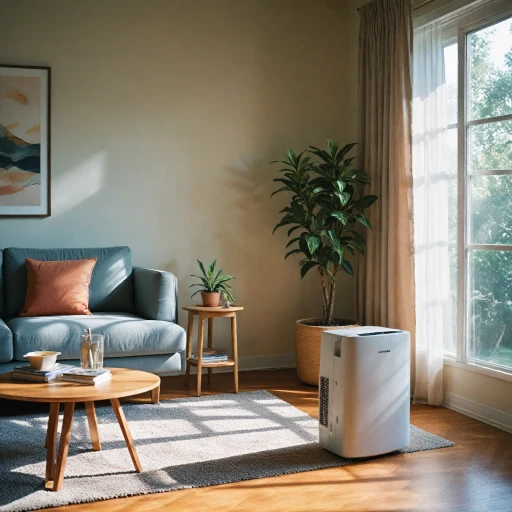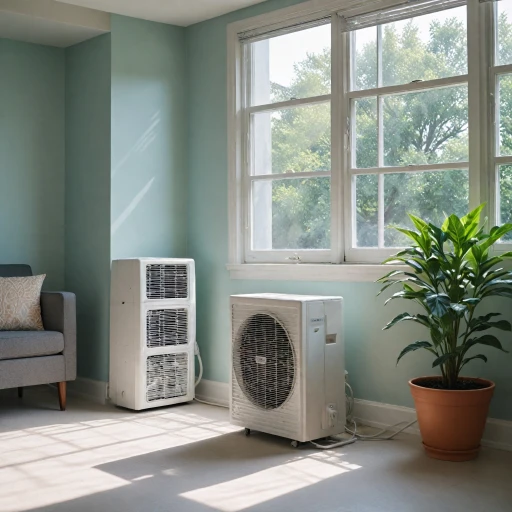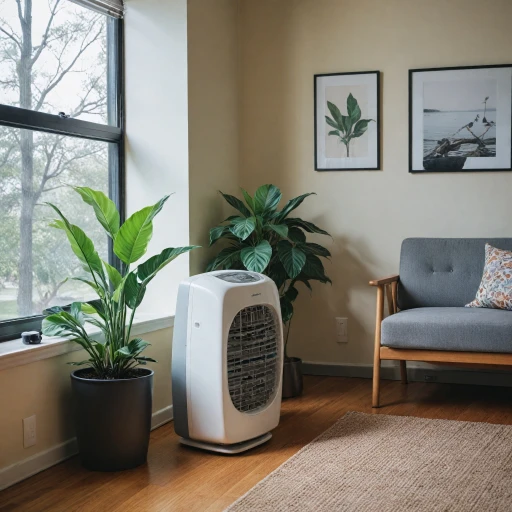
What are Flexible Air Ducts?
Exploring the Basics of Flexible Air Ducts
Flexible air ducts, also known as flex ducts, are integral components in the world of HVAC systems. They act as conduits to deliver and remove air, ensuring efficient air conditioning and ventilation. These ducts are noted for their adaptability, allowing them to be used in a variety of settings, including portable air conditioners.
In terms of construction, flexible air ducts are often made from a malleable aluminum foil or sheet metal, sometimes lined with rubber for additional durability. This build grants them the ability to flex, bend, and be routed through structures where rigid ductwork would be impractical. Their primary function is to facilitate airflow in a manner that is both efficient and space-conscious.
One of the main attractions of flexible ducts is their flexibility and ease of installation, attributes that make them suitable for portable air conditioning solutions. These ducts typically feature a variety of lengths and diameters to accommodate different needs, with silver and black flexible options being among the most common.
Despite their many benefits, it is essential to choose the right size and type of duct for your specific application. Considerations such as the diameter of the duct and whether or not insulated flexible ducting is necessary can significantly impact performance. Additionally, using proper ducting accessories like clamps and duct long hoses can further enhance their effectiveness.
Benefits of Using Flexible Air Ducts in Portable Air Conditioners
Advantages of Using Flexible Ductwork in Portable Air Conditioners
Flexible air ducts play a crucial role in the functionality of portable air conditioners. Their versatility offers a number of advantages over traditional rigid ductwork, especially in mobile and compact applications. Here's why flexible ducts are often the preferred choice:- Adaptability: Flexible ducting materials such as aluminum, silver, and black flexible ducts can easily be manipulated to fit into various spaces. This adaptability allows for easy installation, even in areas with limited space or awkward configurations.
- Lightweight and Easy to Handle: Unlike heavy-duty rigid ducts, flexible ducts are lightweight, making them much easier to handle and transport. This can significantly reduce installation time and labor costs.
- Efficient Air Delivery: Flexible air ducts are designed to optimize airflow, ensuring efficient heating and cooling. The flex design minimizes air restrictions, which can enhance the overall performance of your portable air conditioning system.
- No Need for Extensive Ductwork: With flexible ducting, extensive ductwork is unnecessary. The duct long design complements portable air conditioners by allowing the unit to be more mobile and less reliant on pre-existing duct systems.
- Cost-Effective: Generally, flexible duct options are more affordable than their rigid counterparts. The cost savings isn't just in the initial purchase; it extends to reduced installation and maintenance expenses.
Challenges and Considerations
Potential Hurdles and Key Considerations
While flexible air ducts offer many advantages, such as adaptability in confined spaces and ease of installation, there are several challenges and considerations to be aware of when using them with portable air conditioners. Firstly, the durability of flexible ducts can sometimes be a concern. Unlike traditional rigid ductwork made from sheet metal, flexible ducts, often comprised of aluminum foil and other materials, may not hold up as well to wear and tear. It's essential to ensure that the materials used are of high quality, such as heavy-duty rubber products or insulated flexible ducting, which are designed to withstand environmental factors and prevent air leaks. A common issue is the diameter of the flex duct. Depending on whether you need a long hose for complicated setups or a smaller diameter for tight spaces, selecting the appropriate size is pivotal. This affects air delivery efficiency, and using a duct with the incorrect diameter can hinder the performance of your air conditioning unit. Additionally, the use of atco rubber and other insulating materials might be necessary to maintain the temperature of the circulated air, further complicating installation. Considering hvac ventilation needs is critical to ensure efficient air delivery, preventing issues commonly encountered in heating and cooling systems. Another consideration is the potential for mold and mildew growth within the ducts, particularly in humid environments. Regular maintenance and care are vital to prevent such issues and ensure clean, effective air circulation. When tackling installation, the use of proper duct clamps is crucial for secure connections. To understand more about their role, you can refer to this resource for detailed insights. Thus, while flexible air ducts present practical solutions for many HVAC challenges, proper consideration and management are essential for foreseeing and addressing potential challenges effectively.Installation Tips for Flexible Air Ducts
Installation Considerations for Optimal Flex Duct Performance
When it comes to setting up flexible air ducts in portable air conditioners, precise handling and thorough knowledge can make a significant difference. Here are some essential installation tips to ensure efficiency and longevity:- Correct Sizing: Ensure you're using the right diameter flex duct compatible with your air conditioner. An improperly sized duct can cause inefficiencies or even damage the unit. Measure the air outlet and select an air duct that snugly fits, ensuring a secure connection.
- Proper Positioning: Align the ductwork to minimize bends or twists. Excessive twisting can reduce airflow efficiency and increase wear over time. Duct long runs should be avoided if possible to reduce strain on the system.
- Secure Fittings: Use heavy-duty clamps to attach the ducts securely to the air conditioning unit and the exhaust vent. These can help to avoid any air leaks which could affect cooling performance. Clamps should be tight but not overly tight to avoid damaging the duct material.
- Insulation: Consider using insulated flexible ducts, especially if the unit is located in an area with significant temperature swings. Insulated flex not only helps maintain the desired temperature but can also reduce energy costs.
- Material Selection: Choose the right type of flexible ducting material. Options like aluminum foil, black flexible, or silver flexible ducts each have specific use cases depending on the environment and temperature requirements. Aluminum ducts might be more suited for high heat areas due to their heat resistance.
- Avoid Crushed Ducts: Ensure that no part of the ductwork is kinked or crushed during installation. A crushed duct drastically reduces airflow and cooling efficiency, leading to potential overworking of the air conditioning unit.
Maintenance and Care
Tips for Proper Care and Maintenance
To maintain the efficiency and longevity of your portable air conditioner with flexible duct components, regular maintenance is crucial. Neglecting routine care can lead to decreased performance and reduced lifespan of the product. Here's a concise guide to ensure your system remains in top shape:- Regular Inspection: Frequently inspect the flexible air ducts for any signs of wear and tear. Check for cracks, punctures, or any loose connections that might affect the HVAC system's performance.
- Clean the Ducts: Dust and debris can accumulate within the ducts, leading to blockages. Use a vacuum or a soft brush to gently clean the ducts, particularly focusing on the aluminum and insulated flex duct sections.
- Secure Connections: Ensure that all connections are tightly secured using clamps specifically designed for HVAC applications. Loose clamps can lead to leaks and inefficient delivery of cool air.
- Monitor Duct Diameter: Keep an eye on the diameter of the duct; any deformation can alter airflow, impacting cooling performance. Regular checks can prevent issues with the ducting system.
- Guard Against Moisture: Moisture can lead to mold growth inside ducts. Insulated flexible ducts are less prone to condensation, but it's important to ensure ventilation is adequate to prevent issues.
Choosing the Right Portable Air Conditioner with Flexible Air Ducts
Selecting the Ideal Portable Air Conditioner with Adaptable Ducts
When shopping for a portable air conditioner that fits your needs, the choice of flexible ducts plays an essential role. Here's what you need to consider:- Diameter of Ducts: Ensure the flexible air duct diameter matches your space specifications and connects seamlessly with your unit's outlets. Look for products with adjustable diameter options if you're uncertain about specific measurements.
- Material Quality: High-quality materials such as aluminum foil or insulated flexible ducting can enhance durability and energy efficiency. Options like black flexible or silver flexible ducts might also match your aesthetic preferences, while heavy-duty products ensure longevity.
- Compatibility with HVAC Systems: If integrating with existing ductwork, compatibility with your HVAC ventilation is crucial. Check for adaptable connectors that facilitate the connection between your portable air unit and home systems.
- Ease of Installation: Flexible ducting should come with clear installation instructions and necessary components such as clamps and duct long hoses. Some units may also include a dryer vent kit, ensuring better delivery of conditioned air throughout your space.
- Capacity and Cooling Area: Choose a unit that aligns with the size of the area you'll be cooling. Match the device's capacity with your room dimensions, and ensure its ductwork can efficiently transport cool air to all corners of the space.
- Insulation and Noise Levels: For quieter operation, consider units with insulated flex ducts. This feature not only reduces noise but can help maintain consistent temperatures by minimizing heat exchange with the environment.
